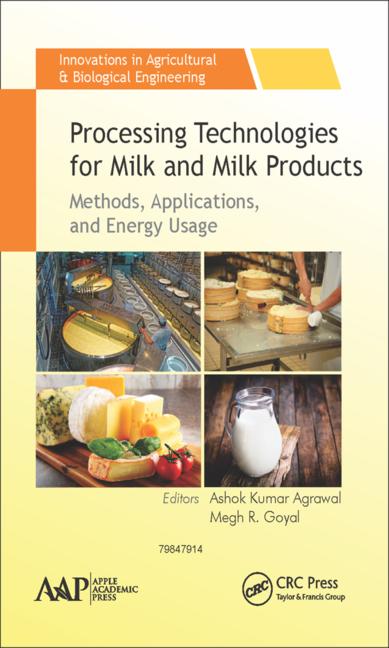Look abroad for ideas in fermented milk products
The French consumer eats four to five times the amount of yogurt as an American. Think of the sales volume impact if we can duplicate that level of consumption here at home.

Greek yogurt was not newly created. It was borrowed from the Mediterranean region. Might there be something else looming on the horizon for the taking if we just look beyond our shores?
U.S. consumers are not the only ones to realize that fermented milks are nutritious, wholesome and good-tasting foods. It has been estimated that there are approximately 400 generic names for traditional and industrialized fermented milk products around the world. Such products differ by source of the milk, the type of culture used in the fermentation and their associated principal metabolic products, and the manufacturing and post-manufacturing procedures used.
Here’s a short list of yogurts and fermented milks: labneh (Lebanon), cacik/tarator (Bulgaria, Turkey), jameed (Jordan), zabady (Egypt), dough (Iran), kefir (Russia), yakult (Japan), raita (India), dahi (East India), rahmjoghurt (Germany), skyr (Iceland), kurut (Northwest China), ymer (Denmark) and aryan (Turkey).
Flavor, texture and use
While there are similarities in these products, there are also important differences in taste, texture, cultures and use. Some of these products taste salty or sweet, some have a thick or pourable texture, and some are used as condiments or as a meal or snack by itself. When you look around the world you can gain insights on potential alternative uses and sensory characteristics that can have fairly broad or differing consumer appeal. You will find novel and savory flavors, and fruit and vegetable applications that are unfamiliar but sufficiently intriguing to compel U.S. consumers to try them.
Think of the sales volume impact if we can duplicate the annual per capita demand for fermented milks in countries like France or Turkey that consume four to five times the amount of yogurt than we do. Culture suppliers are regularly evaluating and identifying new strains of bacteria and other micro-organisms that are unique to some traditional fermented milk products globally. These micro-organisms might have been used in traditional products for centuries in the far reaches of the world. Such micro-organisms, if obtained and established as commercial cultures, might provide valuable health benefits or unique texture and flavors for the next generation of fermented milk products.
Products have to be authentic
I remember the days when American food companies decided to try and capitalize on growing interests in ethnic foods in the 1960s and ‘70s. The results were awful products like canned chop suey (Chinese), frozen pizzas with cardboard-like crusts and imitation mozzarella (Italian) and corn tortillas stuffed with some sort of meat and tomato products, mashed pinto beans and a few slivers of cheese (Mexican). These approaches to meeting consumers’ interest in ethnic foods and tastes didn’t work very well back then and they definitely wouldn’t work today.
Today’s consumers are much more sophisticated. They expect authenticity and high quality.
Success with a fermented milk product in one part of the world does not guarantee that such a product will fly off the shelves here. Products must taste good, and look good, but still provide the convenience and value that American consumers demand.
Making a pitch for the fact that foods are produced locally rather than imported can also appeal to consumers. But it can be a little tricky for marketers to communicate two contrary thoughts: “made locally but with international appeal.”
In some cases, international products might be an acquired taste. U.S. consumers might not be familiar with the value or appeal of fermented milk products with a salty flavor background. Yet they might embrace them if given the chance.
Consumers will need to be educated on how best to use such products (for example, as a food or as an ingredient) and their health benefits. Clever product developers might be able to create a fusion of East and West to launch a product that delivers on consumers’ interest in international foods in an acceptable form and format.
Marketing will be a key to educating consumers on novel fermented products. We have borrowed ideas about foreign cars, apparel, electronics and appliances, so why not borrow ideas in the fermented milk products category?
On your next voyage abroad, be sure to sample the local fermented milk offerings. You might discover innovative ideas to bring back home. This might be the last frontier in new fermented milk products!
For further study
For an overview of Fermented Milks around the World see: Surono et. al., 2002. Fermented Milks. Pages 1018-1068 in Encyclopedia of Dairy Sciences, Vol. 2, H. Roginski, J. W. Fuquay, and P.F. Fox eds., Academic Press.
Looking for a reprint of this article?
From high-res PDFs to custom plaques, order your copy today!







